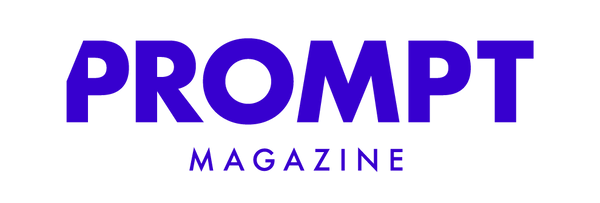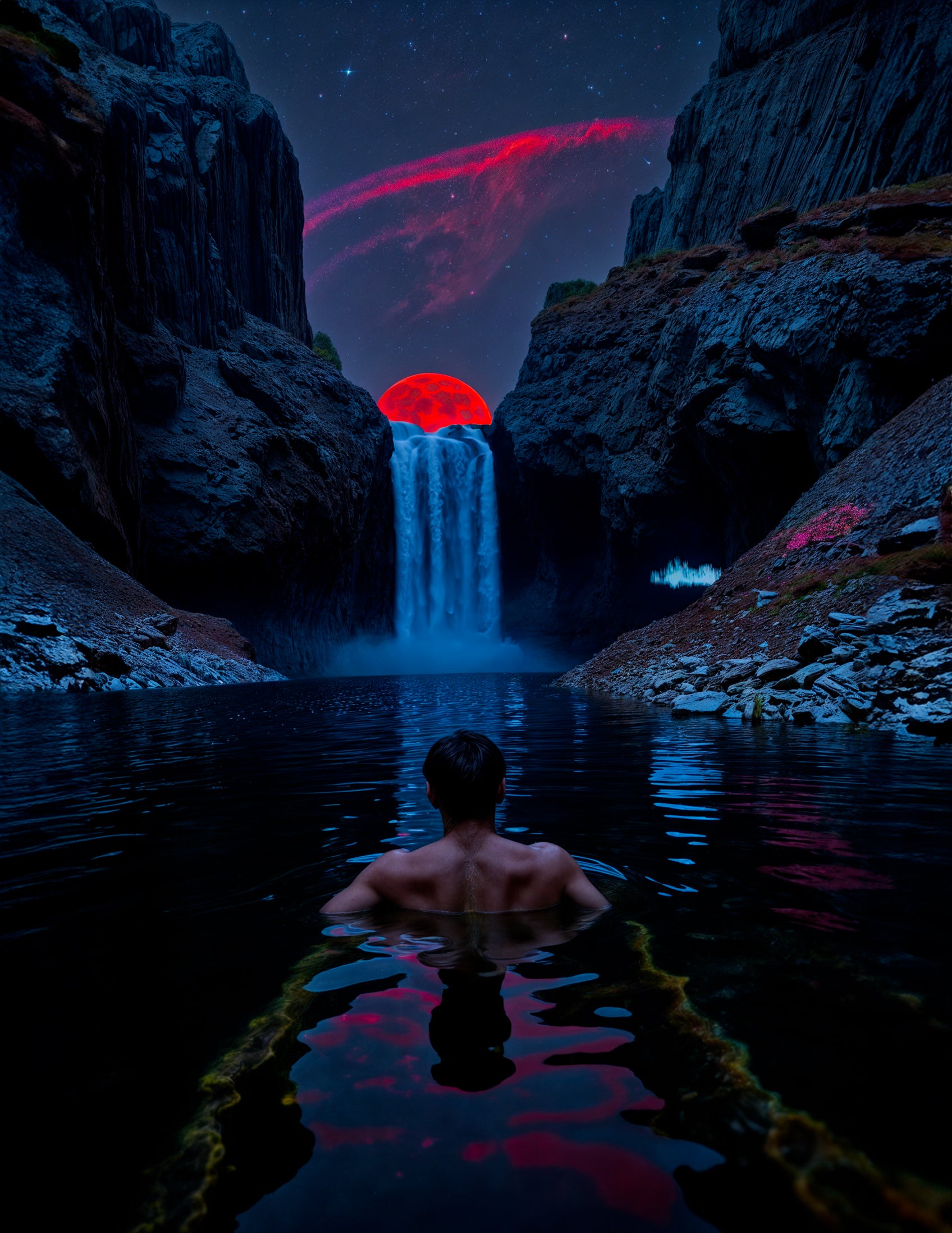
SHARP DELUSION
The dynamic duo behind Braw Haus, Justine Vilgrain and Patricia Gloum, offer us an interview with their talented digital artists.
"As an AI artist, I use transformative technology to explore new visual territories—particularly within the realm of photography."
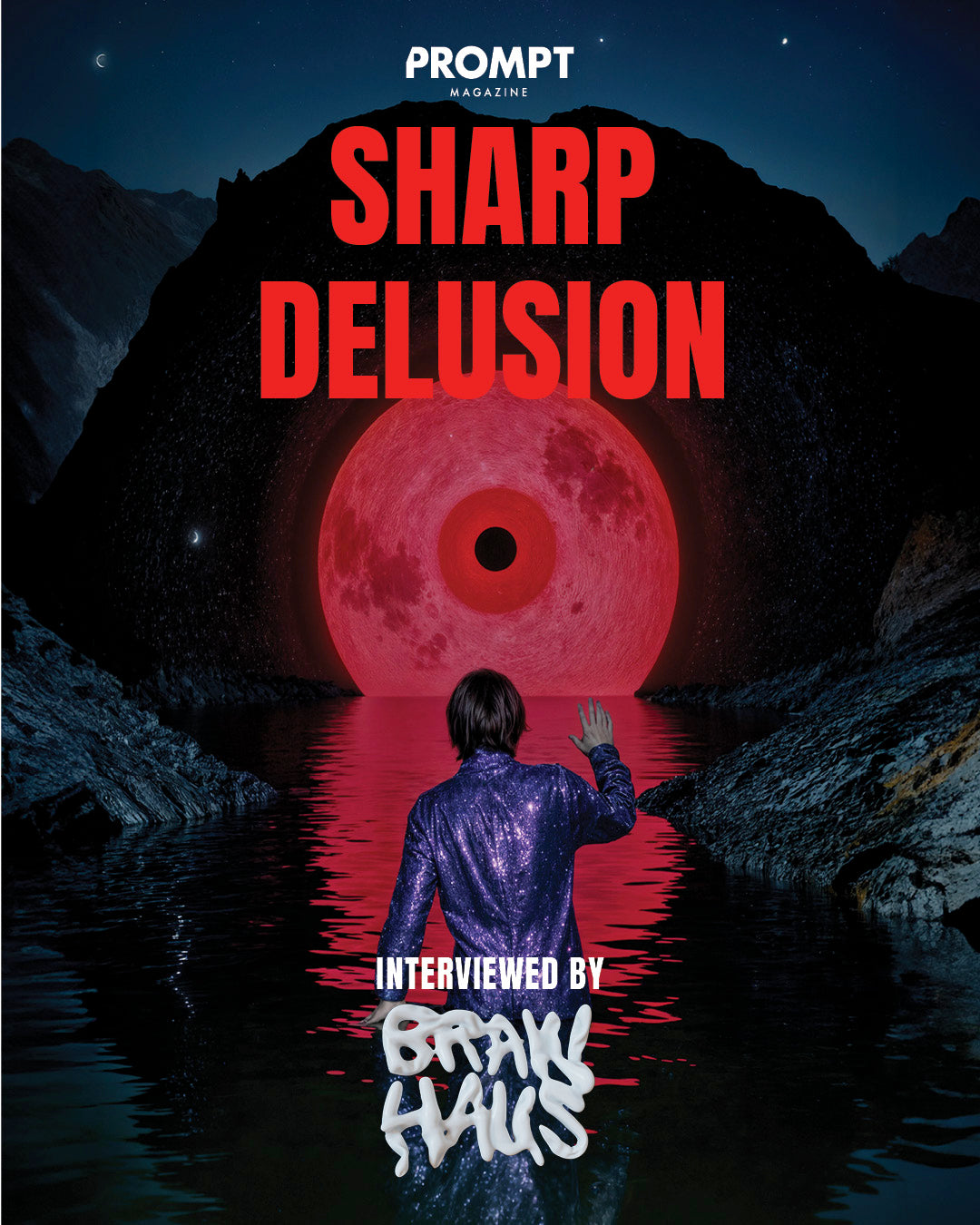
Could you introduce yourself and tell us about your journey as a digital artist?
"I am Sharp Delusion, an AI artist working between Paris and Barcelona. With a background in creative production, I spent much of my career in the advertising industry, collaborating with brands and creative directors to run innovative studios. Born in the eighties, my life has been shaped by travel, living across various countries and immersing myself in diverse cultures. Music and photography have always been my passions—I started taking photographs long before the digital age and spent years as a DJ and musician, touring the world.Two years ago, I embarked on my journey as an AI artist, using this transformative technology to explore new visual territories, particularly within the realm of photography. GenAI has become my tool for blurring the boundaries between reality and imagination, while connecting with a vibrant and forward-thinking creative community. Recently, I’ve turned my attention to genAI video, captivated by the rapidly advancing quality and its potential to unlock even more groundbreaking possibilities.".
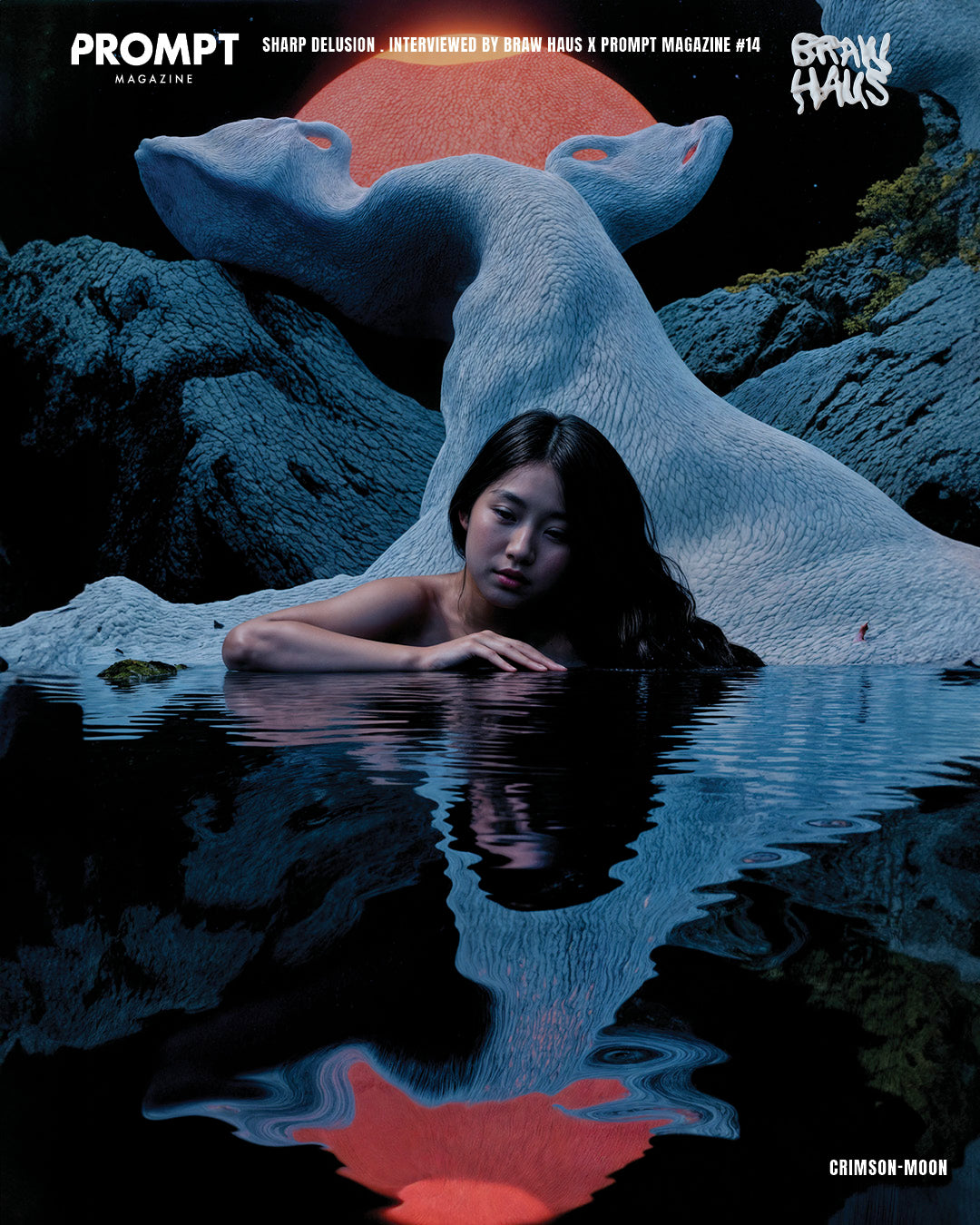
What are your inspirations as a digital artist, and how have your origins influenced your work?
My inspiration comes from a wide range of sources, including film, fashion, and surrealist art. I’m drawn to the beauty within the odd, the supernatural, and the aesthetic allure of the fashion industry. Combined with my love for travel and landscapes, I aim to create visually striking images that find beauty in the unconventional, infused with poetry, reverie, and a touch of the supernatural.
What has always struck me, too, are the highly creative album covers that left a lasting impression, as well as the visionary work of directors like Aronofsky, Kubrick, and Lynch, whose storytelling and aesthetics continue to inspire me.
"I’m drawn to the beauty within the odd, the supernatural, and the aesthetic allure of the fashion industry."
-
What challenges or obstacles have you faced as a digital artist?
The main challenge is gaining visibility for the work we create amidst the overwhelming flow of content and art on social media. Another significant hurdle is staying consistently productive while maintaining a connection with our audience. As artists, creating work is only one part of the journey—it’s equally important to dedicate time to sharing, showcasing, and engaging with others to ensure our art reaches the right people.
-
How do you think NFTs have changed the digital art market?
NFTs have revolutionized the digital art market by offering artists a way to authenticate and monetize their work in ways that weren’t possible before. They’ve created opportunities for digital art to be valued as unique and collectible, much like traditional art. For artists, NFTs also provide more direct access to collectors without intermediaries, allowing for greater control over pricing and royalties. However, the NFT market also presents challenges, such as oversaturation and the speculative nature of the space, making visibility and sustainability key concerns for artists.
1
/
of
2
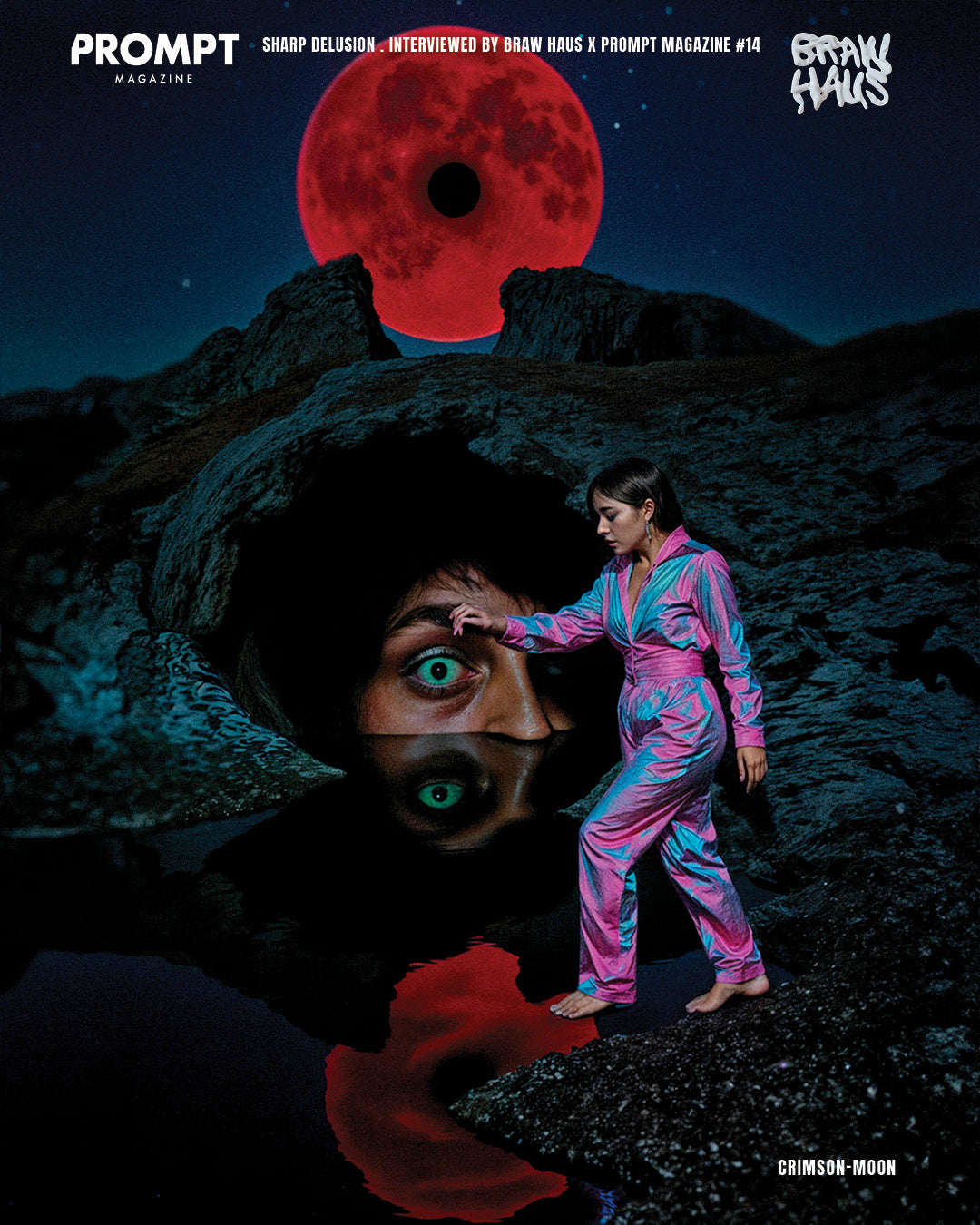
How do you think artificial intelligence can influence the world of art and are you as an artist exploring this field, if so how and if not why?
Artificial intelligence is transforming the art world by expanding creative possibilities and democratizing access to artistic tools and techniques. AI enables more people to express themselves artistically, regardless of technical skills, while pushing established artists to explore new visual and conceptual territories. It allows us to quickly generate complex ideas, unlocking potential for creating art.
Beyond its current applications, AI is paving the way for entirely new experiences—such as the rapid creation of 3D, navigable worlds from scratch—offering unprecedented opportunities for storytelling and interactivity. In the mid-term, this could lead to a gamification of the artistic process, where GenAI doesn’t just create static visuals but builds dynamic, interactive worlds that audiences can explore.
Braw Haus Prints Collection
-
Dirk Koy | Shape Study 42| Limited Signed Edition Print | 20 Editions
Regular price €250,00 EURRegular price -
Kynd | Étude on Painting | Limited Signed Edition Print | 20 Editions
Regular price €100,00 EURRegular price -
Kaoru Tanaka | Metal Wave | Limited Signed Edition Print | 20 Editions
Regular price €150,00 EURRegular price -
Teresa Manzo | Honey Heart | Semi-Glossy Print
Regular price From €30,00 EURRegular price
Blog posts
View all
1
/
of
3
